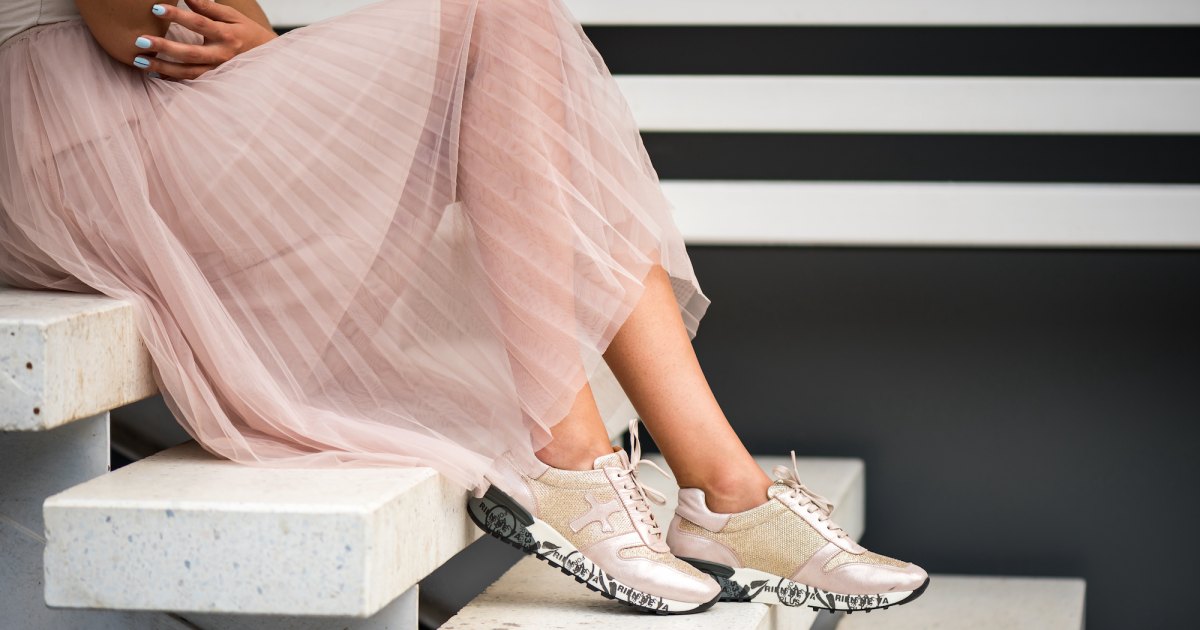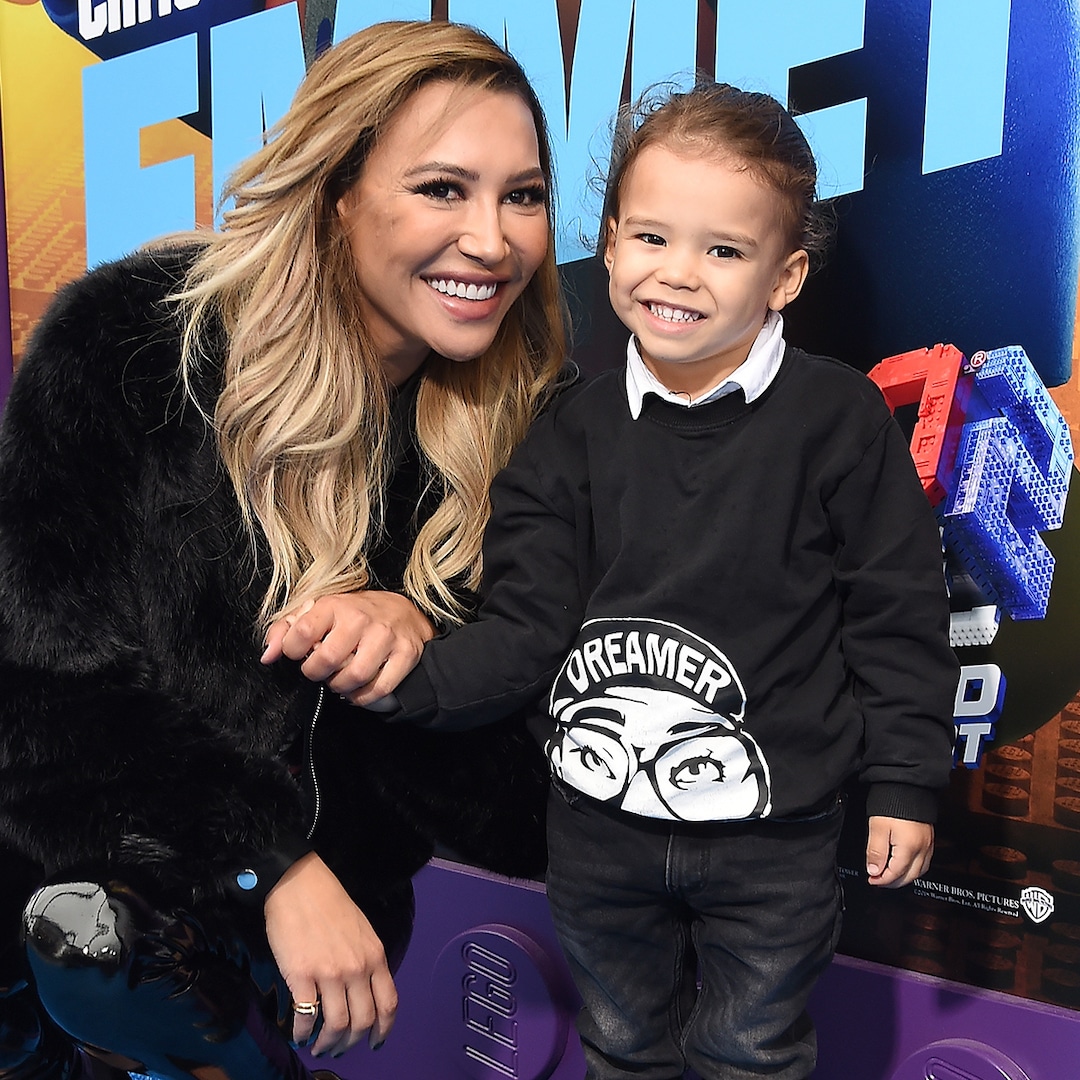Culture
Book Review: ‘Made in Asian America: A History for Young People,’ by Erika Lee and Christina Soontornvat

MADE IN ASIAN AMERICA: A History for Young People, by Erika Lee and Christina Soontornvat
I had never seen an Asian person in a book until my first-grade teacher read “The Five Chinese Brothers,” by Claire Huchet Bishop and Kurt Wiese, to our class. At recess, the other children stretched the corners of their eyes, imitating the illustrations. In high school, my social studies textbooks relegated the Chinese laborers who risked their lives to build the transcontinental railroad, and the 120,000 Japanese Americans illegally incarcerated during World War II, to impactless sidebars.
My early experiences of racism and erasure are not unique. Similar stories abound in the powerful “Made in Asian America: A History for Young People,” by the award-winning Chinese American historian Erika Lee and the acclaimed Thai American children’s book author Christina Soontornvat.
Although this is the young person’s adaptation of Lee’s “The Making of Asian America,” the authors neither simplify nor sanitize Asian American history for their audience. In fact, they deepen our history by interweaving personal accounts of young people during pivotal events through the ages, as well as adding coverage of major upheavals that occurred after Lee’s original book was published in 2015.
In the introduction, we meet 17-year-old Christina Huang, who remembers her first-grade classmates taunting her on the school bus, and 12-year-old Bryan Zhao, whose white neighbor spat at him when he was 10, at the start of the Covid-19 pandemic, as well as 18-year-old Soorya “Rio” Baliga and 17-year-old Russell Fan, who because their schools didn’t teach Asian American history felt they were being told, “You don’t matter.”
Lee and Soontornvat argue that Asian American history is routinely marginalized because, in the bigger picture, the villain is often America itself.
The authors explore four “racist justifications” that have shaped anti-Asian public policy for centuries: “Those people are inferior to us,” “Those people are dangerous,” “There are too many of them” and “This is for their own good.” They trace these justifications across time, from the 1882 Chinese Exclusion Act, for instance, to the exploitation during the early 1900s of South Asian migrant workers from the Punjab region of what is now India and Pakistan, and from Bangladesh.
They also delve into more contemporary injustices, from the 1,600 percent increase in anti-Muslim hate crimes after the terrorist attacks on the World Trade Center in New York on Sept. 11, 2001, to the spike in anti-Asian hate crimes in 2020.
And they make these events relatable. They look at the anti-Asian racism that surged in Michigan in 1982 after massive layoffs in the auto industry through the tragic killing of Vincent Chin, a 27-year-old “all-American kid,” and the destruction of Koreatown during the 1992 Los Angeles uprising through the eyes of a Korean immigrant restaurant owner’s 11-year-old daughter, as media outlets sensationalize tensions between the Korean American and Black communities instead of investigating the systemic racism that exploited both underserved groups.
Lee and Soontornvat also tackle head-on issues that have sometimes been as divisive within the Asian American community as outside it, such as the “model minority” myth, which emerged when the 1965 Immigration Act flipped the script on Asian American stereotypes, replacing “exotic,” “dangerous” and “untrustworthy” with a “pretty picture” depicting “quiet and law-abiding” citizens who “worked hard to achieve their American Dreams.” What made this pretty picture ugly, the authors observe, was that “some used the model minority stereotype as an underhanded way to criticize other minorities, especially African Americans.”
Of course Asian American history is much more than its painful past, as Lee and Soontornvat remind readers by extolling the contributions of politicians, athletes, actors, artists and writers.
They also emphasize solidarity with other marginalized communities: Filipino and Mexican farm laborers striking together for fair wages in 1970; Yuri Kochiyama joining forces with Malcolm X during the civil rights movement; L.G.B.T.Q. activists like Dan Choi, a former Army lieutenant who served in Iraq, protesting the repressive “don’t ask, don’t tell” policy that barred openly gay military personnel like himself from serving.
In addition, Lee and Soontornvat share their own stories, as children of immigrants who owned Asian American restaurants. By doing so, they’re modeling an act of defiance: the reclaiming of our erased backgrounds.
This defiance is reinforced at the end, when in 2021 Christina Huang, Bryan Zhao, Rio Baliga and Russell Fan testify before the Senate Education Committee on behalf of a bill requiring that Asian American and Pacific Islander history be taught in New Jersey schools. As a result of expressing their feelings of being “ignored, othered or unseen,” New Jersey joined Illinois, Colorado, Nevada, California, Oregon and Nebraska in mandating A.A.P.I. studies in the K-12 curriculum.
“Made in Asian America” isn’t just about the past. As its subtitle makes clear, it’s about the history being made right now by young people, inspired by the Asian Americans who came before them to ensure that our stories are not only heard, but also remembered.
MADE IN ASIAN AMERICA: A History for Young People | By Erika Lee and Christina Soontornvat | (Ages 8 to 12) | Quill Tree | 320 pp. | $19.99




















